Differing Perspectives
If you’re just after a range of definitions of a Brand, then Google is your best friend. There are literally dozens, if not hundreds, of definitions floating around – you could easily spend hours reading and exploring them all. Or, if you’re feeling lazy, just read a few of the more famous ones quoted further down.
An interesting side effect of reading a vast swag of brand definitions is that you’ll probably end up more confused than when you started.
Try asking a room full of business people one day how they would define a brand and watch the result. Everyone will come up with a different definition. Some will focus on only several elements, others will take a shotgun approach and try to encompass everything, and the rest will struggle to put forth an explanation at all.
This is not necessarily a bad thing and the reason why is simple. Our current thinking of what is included and contributes to a brand (and, in particular, a great one) is comprehensive. Broader than what can go in one definition without it turning into a rather dull monologue.
The reason that so many people can vary in their definitions is that each tends to come at it from a different perspective based on their experiences and their profession.
- Ask a designer, and the emphasis will be on the brand’s visual identity.
- Ask any advertiser, and it will shift to one based on the positioning and communication of a brand.
- Ask a PR company, and they will focus on the brand’s reputation.
- Ask an account, and they’ll try and find it on the balance sheet or look at you in a funny way.
A few examples
Here are a few definitions from different sources that highlight the shift in emphasis which happens (my personal favourite is from David Ogilvy).
Oxford Dictionaries
1 – A type of product manufactured by a particular company under a particular name. Or. 2 – An identifying mark burned on livestock or (especially in former times) criminals or slaves with a branding iron.
Seth Godin
A brand is a set of expectations, memories, stories and relationships that, taken together, account for a consumer’s decision to choose one product or service over another. If the consumer (whether it’s a business, a buyer, a voter or a donor) doesn’t pay a premium, make a selection or spread the word, then no brand value exists for that consumer.
David Ogilvy
A brand is “The intangible sum of a product’s attributes: its name, packaging, and price, its history, its reputation, and the way it’s advertised.”
Wikipedia
A brand is a set of marketing and communication methods that help to distinguish a company from competitors and create a lasting impression in the minds of customers.
Phillip Kotler
A brand is a name, term, sign, symbol, design or a combination of them intended to identify the goods and services of one seller or group of sellers and to differentiate them from those of the competitor.
The whole is greater than the sum of its parts.
So, based on these definitions from prominent sources, we can start to see a pattern of what could be included in a brand definition. And this can be roughly broken up into two key areas;
The Intangible Experiences Related to the Brand.
- Including product and service experiences, attitudes, stories, associations and relationships.
The Tangible Elements Related to the Brand.
- Including names, logos, products, wordmarks, slogans, colours, price, advertising style, the tone of voice, and financial value.
And all of the above are intertwined, interrelated and combined in a big business/marketing mixing pot. This is an example of the whole being far greater than the sum of the parts – to the point that it is impossible to determine all the parts.
Probably the best advice if have received related to defining a brand as an individual is that it is ok to have your own definition. You need to determine (based on your own experiences and perception) what it encompasses. Over time it will evolve, which is ok as well.
The more you read and learn about other people’s perspectives, the better.
The solution to the Brand definition challenge is simple
When working with small business owners who have little interest in any of the above – the following is the solution I use to ensure everyone is on the same page. And it is rather simple.
Stop using the word Brand on its own. Instead, describe the aspect of a brand you are referring to. Ta-da!
For example;
- Brand associations
- Brand tone of voice
- Brand visual identity
- Brand communications
Immediately, it becomes simpler, and it’s far easier to have a meaningful discussion concerning developing and improving a business’s brand. We focus on one element – while still doing our best to be mindful of the broader picture.
In Summary
So don’t try and define a brand – it will just end up hurting your head, and you will probably do a lousy job. Instead, try to avoid using the word brand on its own and instead clarify what element of a brand you are referring to.

